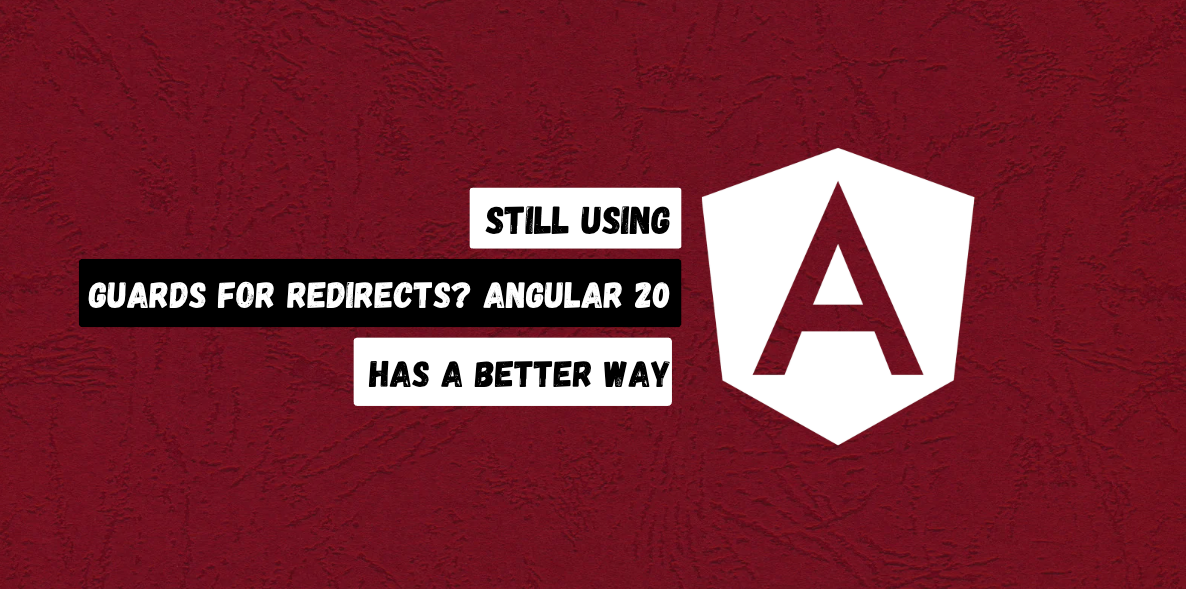Table of Contents
ToggleWhat Is Context Engineering? The Quiet Force Powering Smarter AI
In the evolving world of artificial intelligence, a new term is gaining ground — Context Engineering.
Coined and popularized by Andrej Karpathy, former Tesla AI lead and respected voice in machine learning, context engineering isn’t just a buzzword. It’s a powerful new way of thinking about how we interact with AI systems, especially large language models (LLMs) like ChatGPT, Claude, and Gemini.
If prompt engineering is about what you ask the AI, then context engineering is about what the AI knows before you ask it. And that simple shift changes everything.
👨💻 From “Vibe Coding” to Context Engineering
Karpathy first called the early days of AI interaction “vibe coding” — a playful period when people tossed random prompts into ChatGPT and waited to be surprised.
But things have evolved. Now, developers are moving from one-off clever prompts to building structured systems around LLMs. That shift requires more than good phrasing — it requires intentional, layered context.
This is where context engineering comes in. It’s not a new idea, but now it finally has a name — and it’s becoming the core design principle behind serious AI tools.
🧠 What Exactly Is Context Engineering?
At its core:
Prompting is what you say. Context is what the model knows when you say it.
Prompt Engineering is:
-
“Summarize this article.”
-
“Translate this into German.”
-
“Give me startup name ideas.”
But what if:
-
The AI doesn’t know what the article is about?
-
It doesn’t understand the tone you want?
-
It misses that the user is a teenager asking for career advice?
That’s the problem. And Context Engineering is the solution.
🧱 Context Engineering Is About Structuring Input So AI Can Think
It includes everything you feed into the AI before it generates an output:
-
The system message (tone and role)
-
Examples and task formats
-
User background, goals, and preferences
-
External data (PDFs, search results, tools)
-
Prior conversation history
-
Metadata, constraints, templates
-
What not to show (avoiding overload)
It’s about setting the stage so the AI has all the necessary context to deliver quality, useful, relevant answers — not just guesses.
🤖 Why Context Engineering Matters More Than Prompting
Prompt engineering is about tweaking phrasing. Context engineering is about designing a system.
It’s like this:
| Prompt Engineering | Context Engineering |
|---|---|
| “Give me a marketing email” | Who is the email for? What’s the product? What has the user liked before? What’s the brand tone? |
| “Is this contract fair?” | What’s fair for whom? Is this their first client? What type of work do they do? What do they care about? |
Prompting is tactical. Context engineering is strategic.
It’s the difference between asking for help, and giving someone enough information so they can actually help you.
🧪 Example: Legal Contract Review with Context Engineering
Imagine you’re building a legal assistant app. The user uploads a 10-page freelance contract and asks:
“Is this fair for a freelance designer?”
If you just prompt the model like this:
“You are a legal expert. Read this contract and tell me if it’s fair.”
…it might generate a vague, unhelpful response.
But with context engineering, you do more:
🧩 Structured Context Window
-
System Prompt:
“You are a legal contract analyst for freelance designers. Be concise, clear, and practical.” -
User Profile:
UX designer, first-time with this client, cares about payment terms and IP rights. -
Prior Messages:
User previously asked about net payment terms and retaining creative credit. -
PDF Summary:
-
Net 60 payment terms
-
All IP transferred
-
No termination allowed first 90 days
-
-
Examples of Fair vs. Unfair:
-
Net 60 = unfavorable; Net 15–30 is typical
-
Full IP transfer is standard, but attribution should be included
-
-
Final Task Prompt:
“Evaluate the fairness of this contract for the user above. Highlight risky clauses and suggest edits.”
Result:
The AI now responds with personalized, practical feedback — not just generic legal filler. That’s the power of context engineering.
📦 Real-World Analogy: Cooking with and without Context
Let’s say you prompt an AI:
“Make me something delicious.”
Without context, it might whip up a random beef lasagna.
But if you apply context engineering:
-
System: “You’re a French chef.”
-
User: Vegan, allergic to nuts, hates mushrooms, just ran a marathon
-
Inventory: Avocados, quinoa, kale, tofu
Now, the AI serves a custom-built high-protein vegan bowl — exactly what the user needs.
⚙️ Context Engineering ≠ Just System Prompt
Many confuse system prompts with context engineering. They are not the same.
🔹 System Prompt:
-
Sets general behavior
-
One-time instruction at session start
-
Example: “You’re a helpful assistant.”
🔹 Context Engineering:
-
Holistic preparation
-
Adapts to task, user, tools, memory
-
Includes system prompt plus:
-
User data
-
Conversation history
-
External tools and memory
-
Response constraints
-
Ongoing system state
-
Think of it like this:
System Prompt = Setting the tone
Context Engineering = Writing the whole play
🛠 Why Developers & Product Builders Need This Now
As AI becomes a core part of apps, APIs, and workflows, context engineering will be the make-or-break skill.
The best tools aren’t “ChatGPT wrappers.” They’re context engines — feeding the right data at the right time to make AI responses feel helpful, smart, and human.
This includes:
-
Carefully crafted memory management
-
Thoughtful summarization and chunking
-
User intent modeling
-
Modular input pipelines
Without it, AI tools feel robotic and vague. With it, they feel like magic.
🛤 The Future Runs on Context
Andrej Karpathy summarized it best:
“You prompt an LLM to tell you why the sky is blue. But apps build contexts (meticulously) for LLMs to solve their custom tasks.”
This is the shift we’re in.
Prompting is dying. Context is rising.
In the future:
-
Apps won’t just send prompts. They’ll send intelligent context windows.
-
Devs won’t just write instructions. They’ll build context engines.
-
AI won’t just answer questions. It will adapt to rich environments.
If LLMs are the engines, context is the fuel — and context engineering is how you fill the tank correctly.
🔑 Final Takeaways
-
Prompting ≠ Context — prompts ask; context prepares
-
Context engineering is about the full environment the model sees
-
It’s essential for AI product builders, devs, and anyone designing AI workflows
-
The best AI tools don’t just prompt well — they context well
-
The future of AI runs not on clever inputs, but cleverly constructed environments






1 thought on “What Is Context Engineering? The Future of AI Prompting Explained”